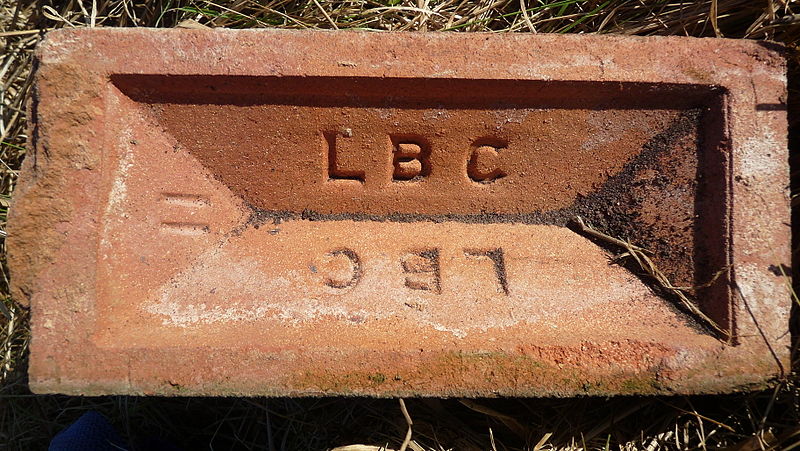Frog
Contents |
[edit] Introduction
A frog is an indentation in a brick that can be on one or two surfaces.
It is thought that the word frog is a translation of the Dutch word 'kikker' and refers to a kicker placed in the bottom of the wooden boxes traditionally used to make clay bricks, which forced the clay material outwards when the brick was being formed.
The frog reduces the amount of material used to form the brick, makes it easier to remove from the form, and gives the completed wall better shear resistance. It may also help heat reach the centre of clay bricks in the kiln.
The frog must be filled with mortar when bricks are laid, otherwise the structural, thermal and acoustic performance of the wall will be affected. For this reason it is best practice to lay bricks with the frog facing upwards so that it is easy to fill. Where there are two frogs, the larger frog should face upwards.
Where an acoustic internal partition is required, frogged bricks may also be specified. Again, these should be laid with the frog uppermost, so it can be properly filled with mortar.
[edit] Other 'frog' meanings
[edit] Kerbs
The term ‘frog’ is also used to describe a recess in a kerb, which reduces the weight of each unit. Haunch concrete fills the frog, so there is no loss of performance when laid.
[edit] Switches
In railway switches and crossings a frog is the term assigned to the V-shape which allows the flange of a wheel to pass where two rails cross.
[edit] Related articles on Designing Buildings Wiki
Featured articles and news
A change to adoptive architecture
Effects of global weather warming on architectural detailing, material choice and human interaction.
How big is the problem and what can we do to mitigate the effects?
Overheating guidance and tools for building designers
A number of cool guides to help with the heat.
The UK's Modern Industrial Strategy: A 10 year plan
Previous consultation criticism, current key elements and general support with some persisting reservations.
Building Safety Regulator reforms
New roles, new staff and a new fast track service pave the way for a single construction regulator.
Architectural Technologist CPDs and Communications
CIAT CPD… and how you can do it!
Cooling centres and cool spaces
Managing extreme heat in cities by directing the public to places for heat stress relief and water sources.
Winter gardens: A brief history and warm variations
Extending the season with glass in different forms and terms.
Restoring Great Yarmouth's Winter Gardens
Transforming one of the least sustainable constructions imaginable.
Construction Skills Mission Board launch sector drive
Newly formed government and industry collaboration set strategy for recruiting an additional 100,000 construction workers a year.
New Architects Code comes into effect in September 2025
ARB Architects Code of Conduct and Practice available with ongoing consultation regarding guidance.
Welsh Skills Body (Medr) launches ambitious plan
The new skills body brings together funding and regulation of tertiary education and research for the devolved nation.
Paul Gandy FCIOB announced as next CIOB President
Former Tilbury Douglas CEO takes helm.
UK Infrastructure: A 10 Year Strategy. In brief with reactions
With the National Infrastructure and Service Transformation Authority (NISTA).
Ebenezer Howard: inventor of the garden city. Book review.
Airtightness Topic Guide BSRIA TG 27/2025
Explaining the basics of airtightness, what it is, why it's important, when it's required and how it's carried out.






















